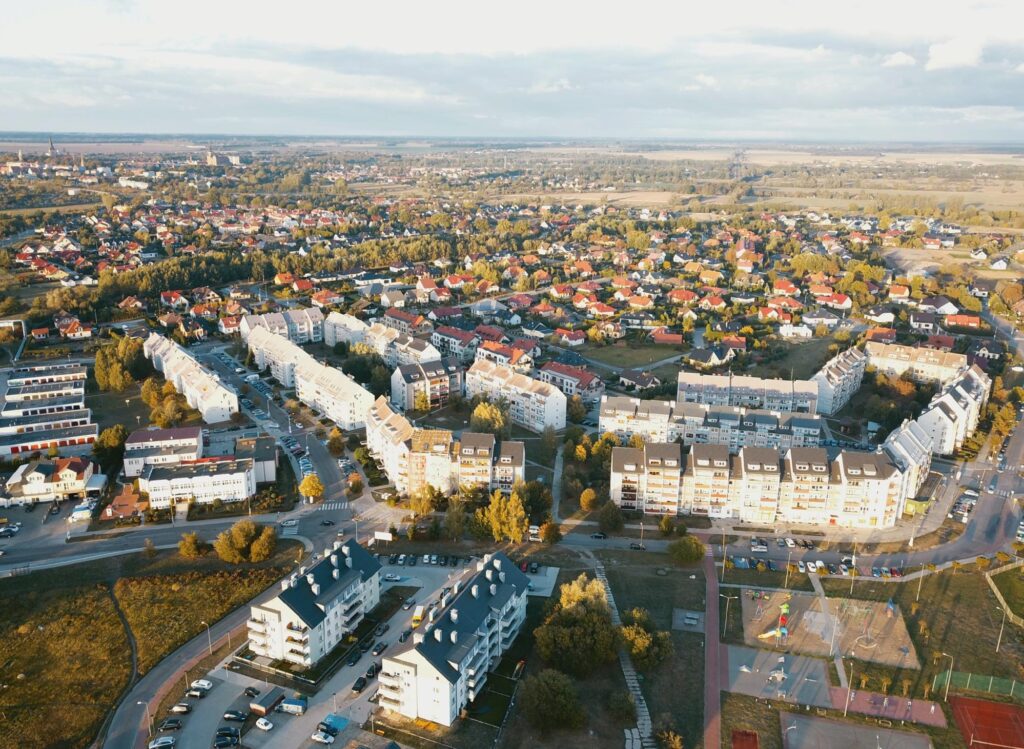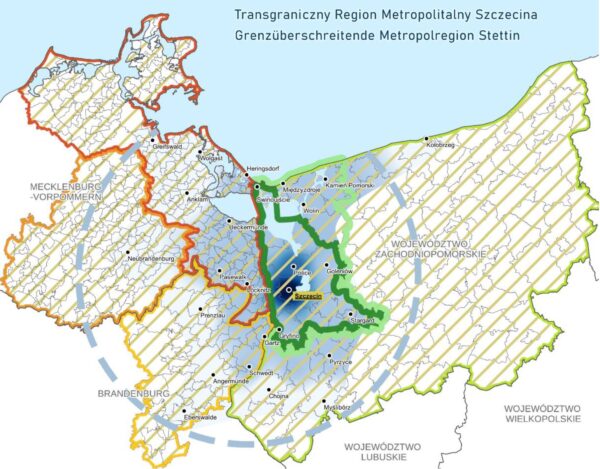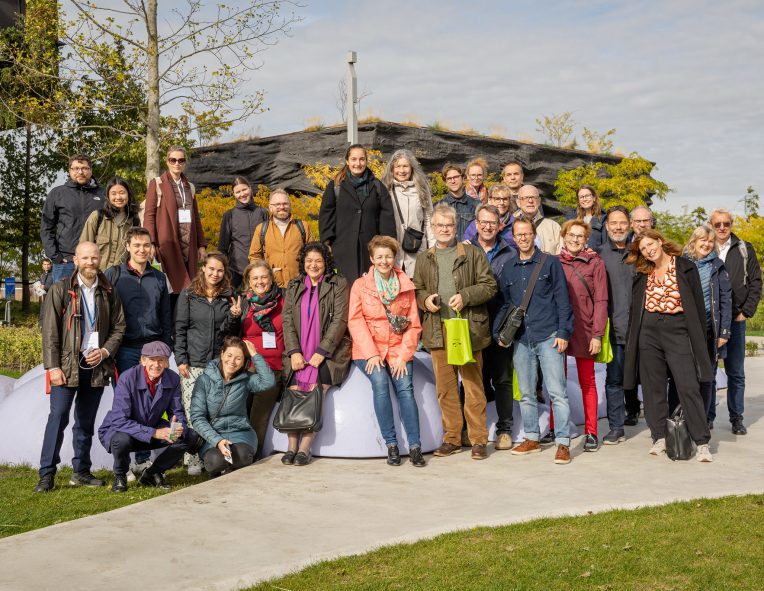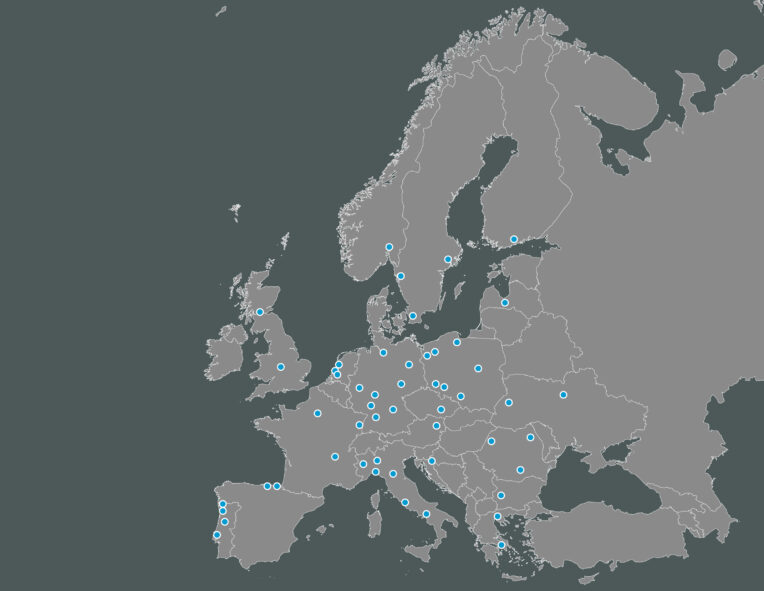West-Pomeranian Region
Julita Miłosz-Augustowska, Regional Office for Spatial Planning

Working towards a new understanding of the metropolitan dimension to achieve integrated urban development
This approach is leading to consequences such as:
• polarization of development processes;
• deterioration of living conditions of some residents in rural areas;
• reduction of the efficiency of the entire functional area;
• inefficient and unsustainable use of the territory.
Rural-urban cooperation is not yet recognized as a goal.
There are a number of instruments and tools requiring cooperation agreements between urban areas to receive regional funding, as well a number of incentives in the strategic and planning documents aiming for this kind of cooperation.
• partnership of local government units, cooperation agreements;
• local government contracts;
• Integrated territorial investments;
• cross-sectoral partnerships for the metropolitan area;
• strategic and planning documents as the basis for action.
In this context, intermunicipal cooperation as a platform for further ideas
and projects is not a goal in itself.
Challenges include:
• difficult fiscal and economic situation of municipalities;
• lack of dedicated funds;
• lack of legal regulations for metropolitan areas.
Szczecin metropolitan area
Szczecin metropolitan area is home to 680,000 people and is organised into a non-profit association reuniting the core city of Szczecin and the surrounding urban and rural communes. It was founded in in 2005 by 15 local governments, five of them being rural communities.
The association is a formal body with quite a transparent representative structure (fees are sized to the number of inhabitants and when it comes to vote, they all have one voice) but due to the lack of legislation dedicated to metropolitan areas in Poland it has no binding power. Interestingly, even though this is a cross-border region with Germany, the Polish association doesn’t allow for German members.

Develop and implementing a coherent urbanization system and reduce the negative effects of migration: urban-rural cooperation is generally perceived when mainly focusing on housing-working relations and commuting. The territory witnesses a commuting phenomenon where young families move to the rural areas while keeping jobs, facilities and services (culture, education and healthcare) in the urban areas. These trends provoke an intensification of services production in the urban centers while rural areas see their basic services disappear.
Moreover, cross-border dynamics: income on average is double in Germany, while real estate prices are 30 per cent less than on the Polish side. This is something called metropolitan stretching. These aconcrete linkages between the two countries cannot be ignored. In the context of the Schengen zone, a new community, mainly formed by young families, has moved to the rural areas in the German territory while keeping their jobs, social and cultural facilities in Poland, only 20 minutes away from the borders. Commuting across the border is an aspect that needs to be addressed together with housing affordability, which is a huge topic but not discussed yet in the metropolitan association.
Please visit the page Metropolitan Partnerships in action across Urban and Rural to know about more cases from across Europe.


